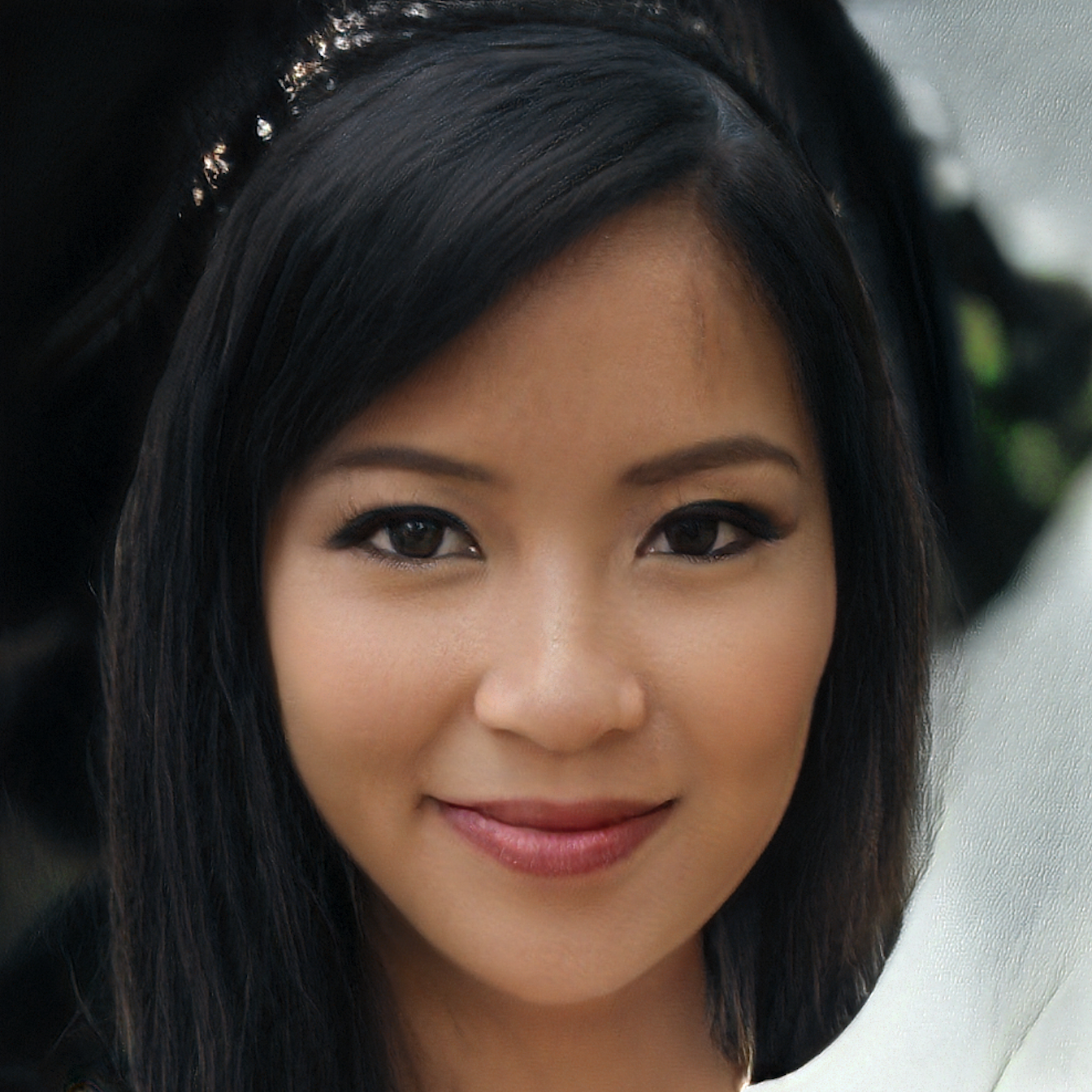Technological advances in imaging have profound implications for how work can and is done in the graphic arts industry. While computer-generated results are increasingly similar to real photographs or even undistinguishable, technological possibilities raise many issues, including ethical issues.
What makes a photo more realistic? We argue that nature, in many regards, is perfect with regard to colors, lights, surfaces and structural patterns. However, what ultimately makes something look real is the small deviation from a pattern or shape. A face might look almost perfect, but at the same time, there are tiny discrepancies from perfection that ultimately define beauty. In the arts, this approach is by no means unique for imaging or moving images. This also holds true for music. It is not surprising that vinyl records have become fashionable again. Vinyl recordings capture something that gets lots in digital recording. It is the authenticity of sound. This is why we attend a real performance because music is much more than a perfect sound, which often sounds to perfect to transmit the passion and the interpretation of the artist.




